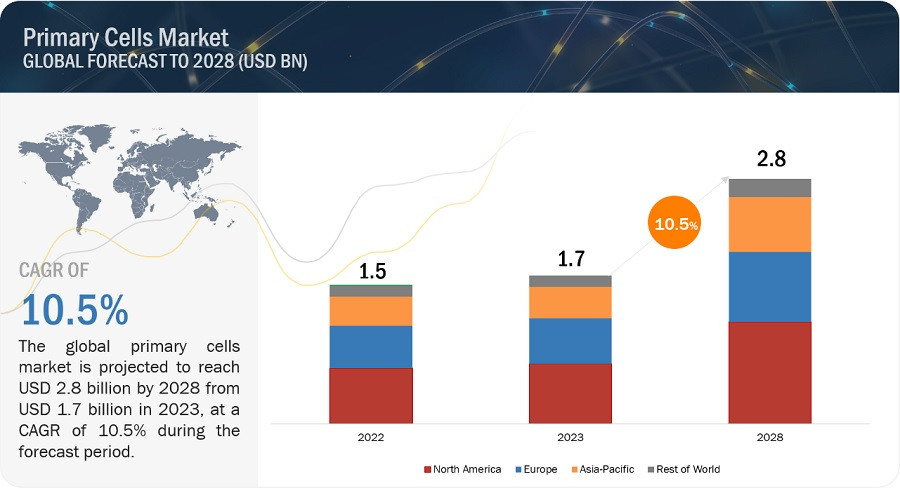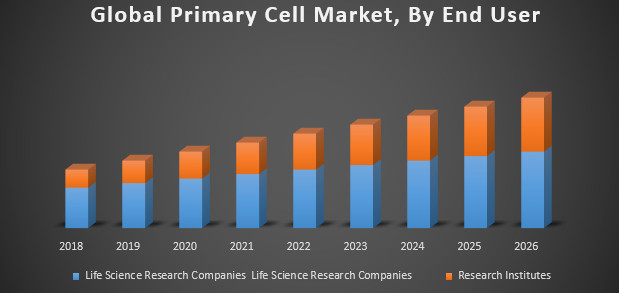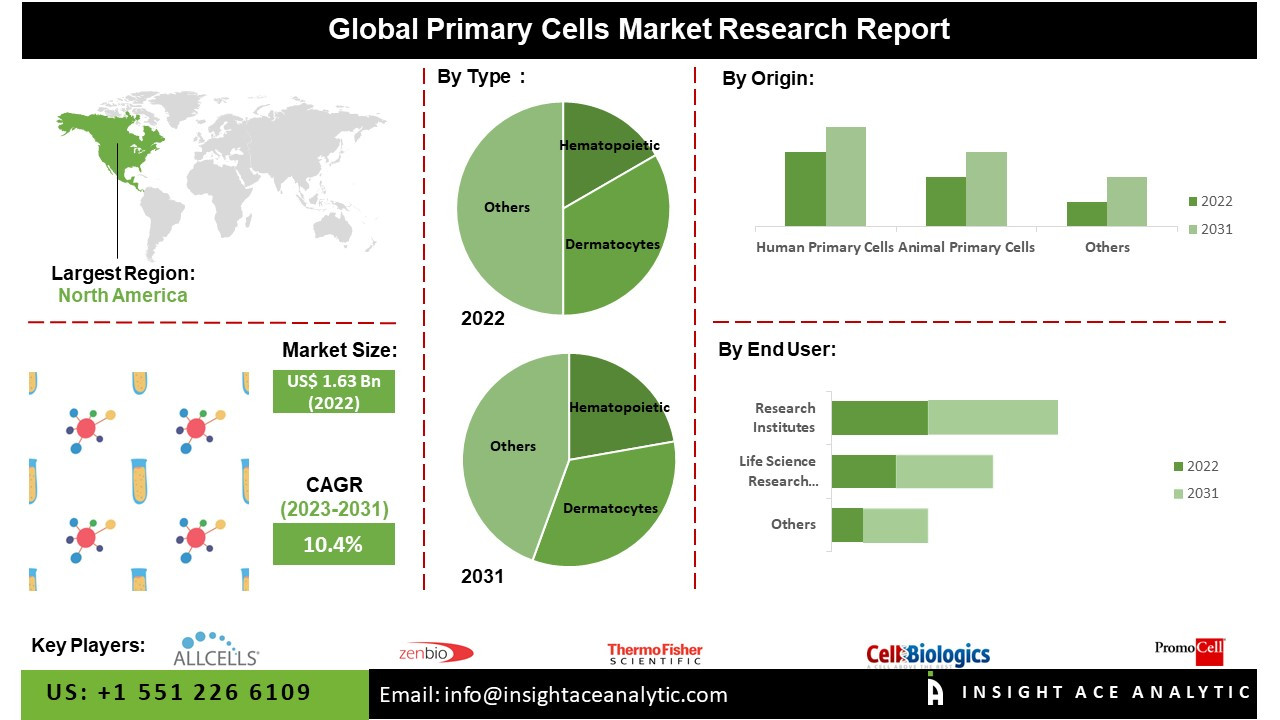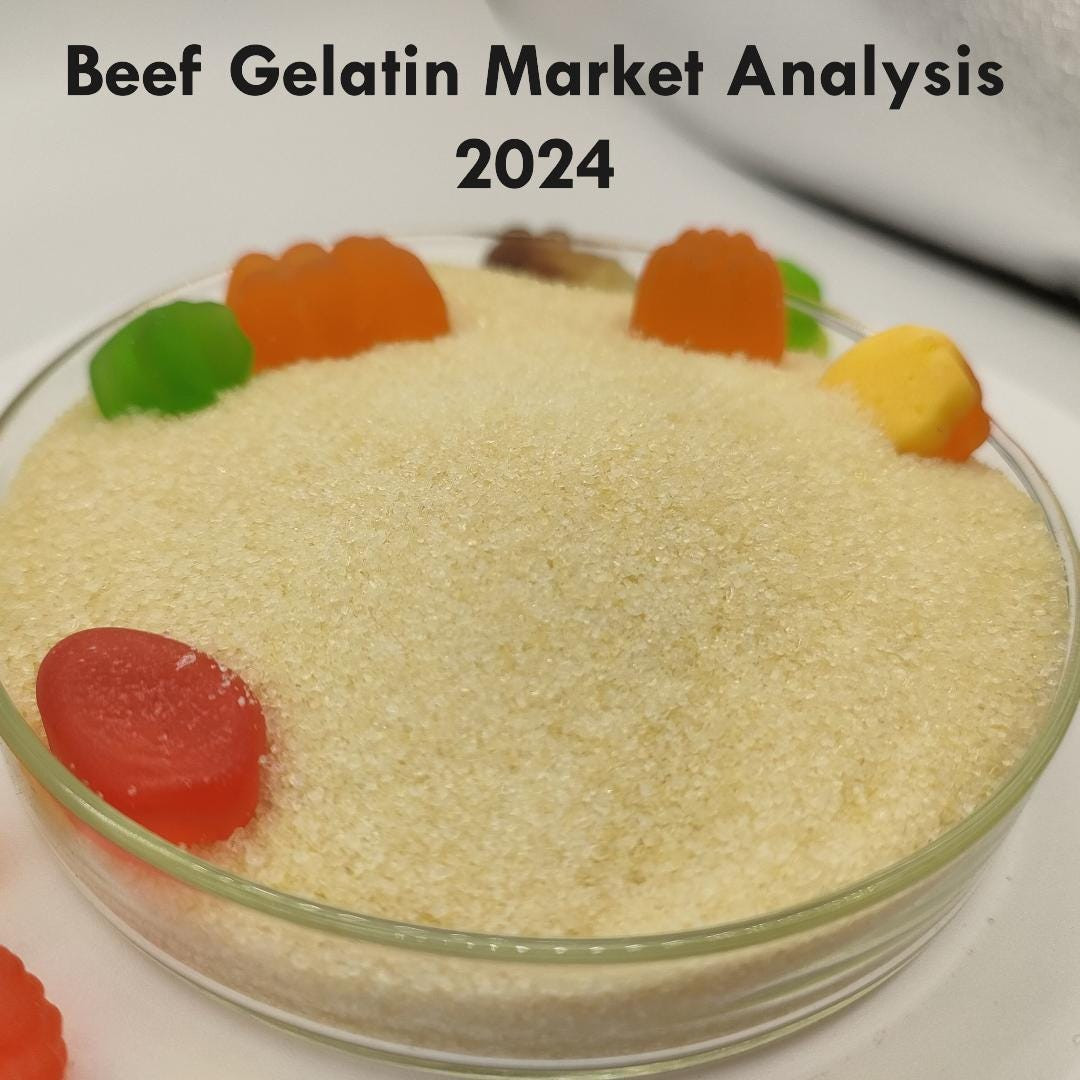The Growing Importance of Primary Cells in Biomedical Research and Drug Development
The global market for Primary Cells is experiencing a significant surge, driven by the increasing demand for more physiologically relevant models in biomedical research and drug development. Primary cells offer a more accurate representation of in vivo conditions compared to cell lines, making them invaluable tools for scientists seeking to understand complex biological processes and develop effective therapies. The market is projected to reach US$1.8 Billion by 2030, growing at a CAGR of 7.1% from 2023 to 2030.
Technological Advancements Enhancing Primary Cells and Their Applications
Technological advancements have played a pivotal role in enhancing the isolation, culture, and application of primary cells, making them more accessible and useful for a wide range of research and development activities. Innovations in cell isolation techniques, such as fluorescence-activated cell sorting (FACS) and magnetic-activated cell sorting (MACS), have improved the ability to obtain pure populations of primary cells with specific characteristics. This has significantly improved the reliability and reproducibility of experimental results.
The development of advanced culture media and supplements has extended the lifespan of primary cells in vitro, allowing for longer experiments and more comprehensive studies. Additionally, the integration of 3D cell culture technologies and organ-on-a-chip systems has enabled the creation of more physiologically relevant models using primary cells, providing better insights into tissue function and disease mechanisms.
These technological improvements have expanded the applications and benefits of primary cells, making them essential tools in cutting-edge biomedical research and drug discovery.
Key Applications and Benefits of Primary Cells
Primary cells are used in a variety of research and development applications, offering numerous benefits that enhance the accuracy and relevance of scientific studies. In drug development, primary cells are used to screen potential drug candidates for efficacy and toxicity, providing more reliable data on how a drug will behave in the human body. This data is crucial for making informed decisions about drug development and safety.
In disease modeling, primary cells are used to create in vitro models of diseases such as cancer, neurodegenerative disorders, and cardiovascular conditions. These models allow researchers to study disease mechanisms and test potential therapies in a controlled environment. The use of primary cells in disease modeling has led to a better understanding of disease processes and the development of more targeted therapies.
In personalized medicine, primary cells derived from individual patients are used to develop customized treatments and predict patient responses to specific drugs. This approach is revolutionizing healthcare by tailoring treatments to individual patients, improving treatment outcomes and reducing adverse effects. The primary benefits of using primary cells include their ability to closely mimic in vivo conditions, provide more accurate data than cell lines, and offer insights into complex biological processes. By providing a relevant and reliable model system, primary cells play a critical role in advancing biomedical research and developing new therapies.
Drivers of Growth in the Primary Cells Market
The growth in the primary cells market is driven by several factors:
- Increasing demand for more physiologically relevant models in biomedical research and drug development: Primary cells offer a more accurate representation of in vivo conditions compared to cell lines, making them essential for accurate and reliable research findings.
- Technological advancements that improve the isolation, culture, and application of primary cells: Innovations in cell isolation techniques, culture media, and 3D cell culture technologies are making primary cells more accessible and versatile, opening up new applications and driving market growth.
- Rising focus on personalized medicine and the need for patient-specific models in drug development: Personalized medicine is becoming increasingly prevalent, and primary cells derived from individual patients are crucial for developing customized treatments and predicting patient responses to specific drugs.
- Expansion of research activities in fields such as cancer, immunology, and neuroscience: These fields require the use of primary cells to study complex biological systems and develop effective treatments for diseases.
- Growing availability of high-quality primary cells from commercial suppliers: The increasing availability of high-quality primary cells from commercial suppliers is making it easier for researchers to access these essential tools, further driving market growth.
- Increasing use of advanced culture systems: Advanced culture systems, such as 3D cell culture and organ-on-a-chip systems, are improving the reliability and relevance of primary cell models, enhancing their value for research and development.
The Future of the Primary Cells Market
The future of the primary cells market looks bright, with continued growth driven by ongoing technological advancements and the increasing demand for personalized medicine. The integration of primary cells with cutting-edge technologies such as 3D cell culture, organ-on-a-chip systems, and artificial intelligence is expected to further enhance the accuracy and efficiency of research and drug development.
As our understanding of complex biological processes grows, the use of primary cells will continue to play a crucial role in advancing biomedical research and developing new therapies for a wide range of diseases.
A Look at Key Market Segments and Players
The primary cells market can be segmented based on cell type, application, and end-user. The Human Primary Cells segment is expected to reach US$1.4 Billion by 2030 with a CAGR of 7.4%, driven by the growing demand for personalized medicine and the use of human cells in drug development. The Animal Primary Cells segment is also set to grow at 5.7% CAGR over the analysis period, driven by research in areas like regenerative medicine and toxicology.
Key players in the primary cells market include Allcells LLC, American Type Culture Collection (ATCC), Axol Bioscience Ltd., Cell Biologics, Inc., Lonza Group AG, Merck KgaA, Promocell GmbH, Thermo Fisher Scientific, Inc., and Zenbio, Inc. These companies are investing in research and development to improve the quality, accessibility, and applications of primary cells, further driving market growth.
The primary cells market is poised for significant growth in the coming years, driven by advancements in technology, the increasing demand for personalized medicine, and the expansion of research activities in various biomedical fields. As primary cells continue to play a crucial role in advancing scientific understanding and developing innovative therapies, the market is expected to remain a significant area of focus for researchers, drug developers, and healthcare professionals alike.



















